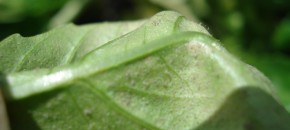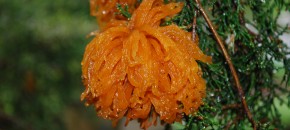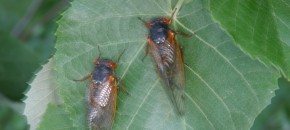
by Kathryn Homa1,2, Robert Pyne1, Bill Barney2, Andy Wyenandt1, and Jim Simon1 Department of Plant Biology and Pathology, 1Rutgers University; 2IR-4 Program Sweet basil (Ocimum basilicum) is an economically important fresh culinary herb grown in the United States. In fall of October 2007, a new disease of basil, downy mildew (Peronospora belbahrii) was first reported […]
Continue reading...

